The Raspberry Pi platform aims to promote accessible computer science education worldwide through low-cost small computers. Much like the popular open-source Arduino ecosystem emphasizes simplicity and affordable hardware, Raspberry Pi adheres to a similar philosophy. However, it is important to note that Raspberry Pis offer more full-fledged computing capabilities compared to microcontroller-focused Arduino boards. This gives Raspberry Pis an advantage over Arduinos for certain industrial applications that require more robust processing power.
The non-profit Raspberry Pi Foundation, based in Cambridge, UK, created the Raspberry Pi computers. The founding engineers were concerned with dwindling computer science enrollments attributed to the high expenses of computers. Registered in 2006, the Foundation's goal was to address the barrier of expensive computer access that prevented many from exploring computer programming and related subjects. This mission to make computer technology affordable and widely available shaped the development of the Raspberry Pi line of single-board computers.
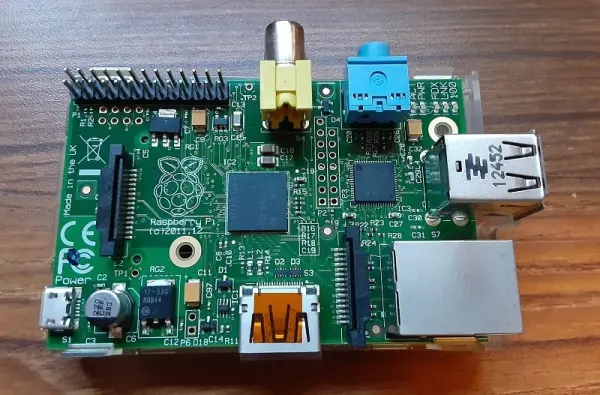
After extensive prototyping and collaboration with Computer Laboratory researchers at the University of Cambridge, the Raspberry Pi Foundation launched their first production model, the Raspberry Pi Model B, in 2012. This marked the debut of the computing platform aimed at education and tinkering.
In the following sections, we will examine the key hardware and software components that make up the current Raspberry Pi system. We will explore the technical specifications that differentiate each model, as well as the operating systems and programming languages that empower users to be creative with these low-cost computers. Delving into the Raspberry Pi ecosystem will provide insight into how its continued advancement strives to realize the founders' vision of expanding computer science learning worldwide.
Raspberry Pi Hardware
The Raspberry Pi product line consists of three main categories: the classic Raspberry Pi series, Raspberry Pi Zero, and Raspberry Pi Pico. Each have varying levels of processing power and physical dimensions suited for different use cases.
The original standard Raspberry Pi models included the A and B versions. These first releases offered options for memory (256MB or 512MB), wired/wireless connectivity, and USB ports. Subsequent Raspberry Pi 2 and 3 generations continued delivering A and B variants while boosting performance.
The latest standard model is the 2019 Raspberry Pi 4, which replaced the A option with only B and 400 versions. The Raspberry Pi 4 and 400 share nearly identical specifications like a 64-bit 1.5GHz ARM processor. Key features include WiFi, gigabit Ethernet, Bluetooth, and an HDMI port supporting 4K resolutions.
In summary, the Raspberry Pi family caters to diverse needs through affordable small computers that evolve over time, yet remain committed to empowering users through access to technology.
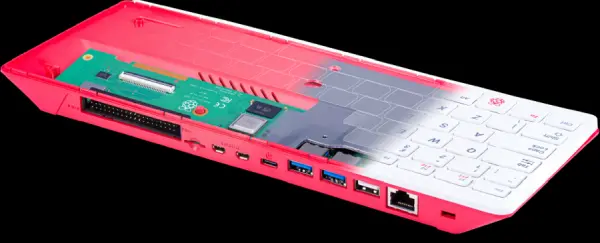
The key difference between the Raspberry Pi 4 and Raspberry Pi 400 is the form factor. The Pi 400 integrates the full computer system into an enclosed keyboard chassis, whereas the Pi 4 retains the typical standalone board design. This integrated format comes at a higher price than the basic Pi 4 board.
Both standard series models include bidirectional GPIO pins for connecting external electronics like sensors, actuators, LEDs and other automation components compatible with the 3.3-5V power range. With additional circuitry, higher voltages around 24V can also be interfaced.
The Raspberry Pi Zero line takes up less physical space, making it suited for more compact embedded applications. It has gone through four iterations: v1.3, W, WH and 2W. The newest Pi Zero 2W from 2021 packs a quad-core 64-bit 1GHz processor and 512MB RAM onto a tiny 2.6 x 1.18 inch board, alongside a microSD card slot, USB port, camera connector and mini HDMI. This ultra-portable format maximize what can be done within tiny footprint.
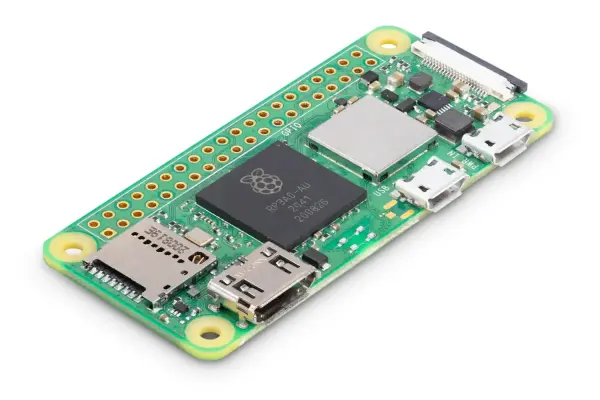
Due to its diminutive size, the Raspberry Pi Zero is well-suited for integration into small electronic devices and gadgets. Some examples where it has been utilized include drones, handheld gaming consoles, GPS units, pico projectors, and security cameras.
The Raspberry Pi Pico line takes miniaturization even further, yet still retains surprising capabilities for its tiny footprint. Despite using an even more diminutive dual-core 133MHz Cortex-M0+ processor, it supports 802.11n WiFi and a single USB port. Remarkably, it also includes a 26-pin GPIO module, allowing connection tosensors and actuators.
While offering the least processing power of Raspberry Pi devices, the Pico demonstrates how efficient circuit design can empower innovative projects within the tightest of spaces. Both the Zero and Pico open up embedded applications typically reserved for more expensive microcontroller boards to budget-conscious makers and learners of all levels.
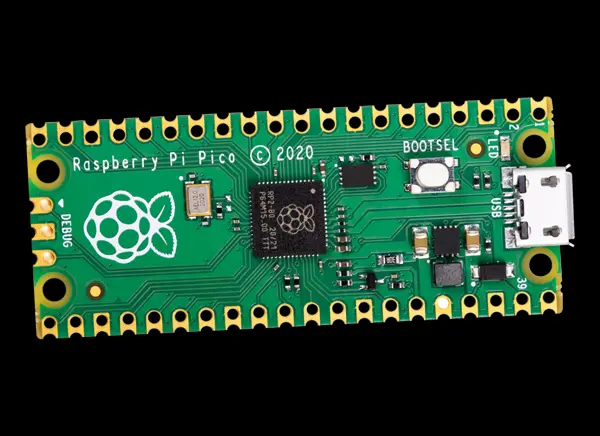
Raspberry Pi Software
The Raspberry Pi platform supports a versatile range of operating systems, including Linux-based distributions, Windows, and Raspberry Pi OS (formerly Raspbian). Raspberry Pi OS is based on Debian, a freely available open-source version of Linux.
The user interface of Raspberry Pi OS adopts a simplified desktop metaphor familiar to Windows users, with elements like a wallpaper, taskbar, shortcuts and apps menu. However, under the hood it retains Linux's text-based command line interface. Mastering Raspberry Pi OS commands requires stepping out of one's comfort zone, especially for those only experienced with graphical Windows. The open-source nature of Pi OS means documentation for its diverse commands is widely available online – helping ease the learning curve.
Overall, the operating system compatibility of Raspberry Pi allows it to satisfy the needs of both new and experienced users. Its familiar yet powerful Linux-based systems foster creativity and exploration both in and beyond the graphical desktop.
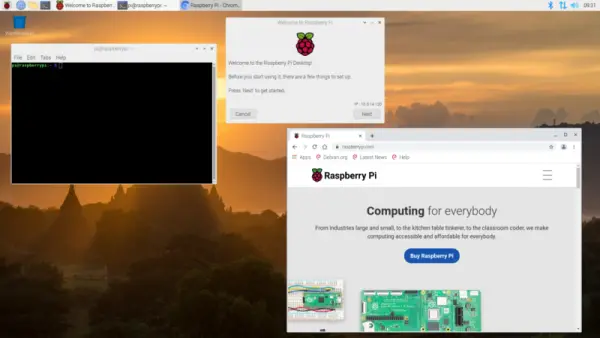
For applications requiring a full Windows environment, the Raspberry Pi can run Windows 10 IoT Core. This optimized Windows version for IoT devices is commonly found in industrial automation equipment. Using a known interface like Windows 10 IoT Core could allow Raspberry Pis to gain even greater acceptance in industrial settings compared to Arduino boards. Familiar development tools such as .NET, PowerShell and various Windows APIs become accessible. This may help lower the barrier to entry for designing controlled systems based on the Raspberry Pi within manufacturing and other commercial industries. The ability to harness the power of both Linux and Windows operating systems substantially broadens the potential scope of projects for the small but powerful single-board computers.

